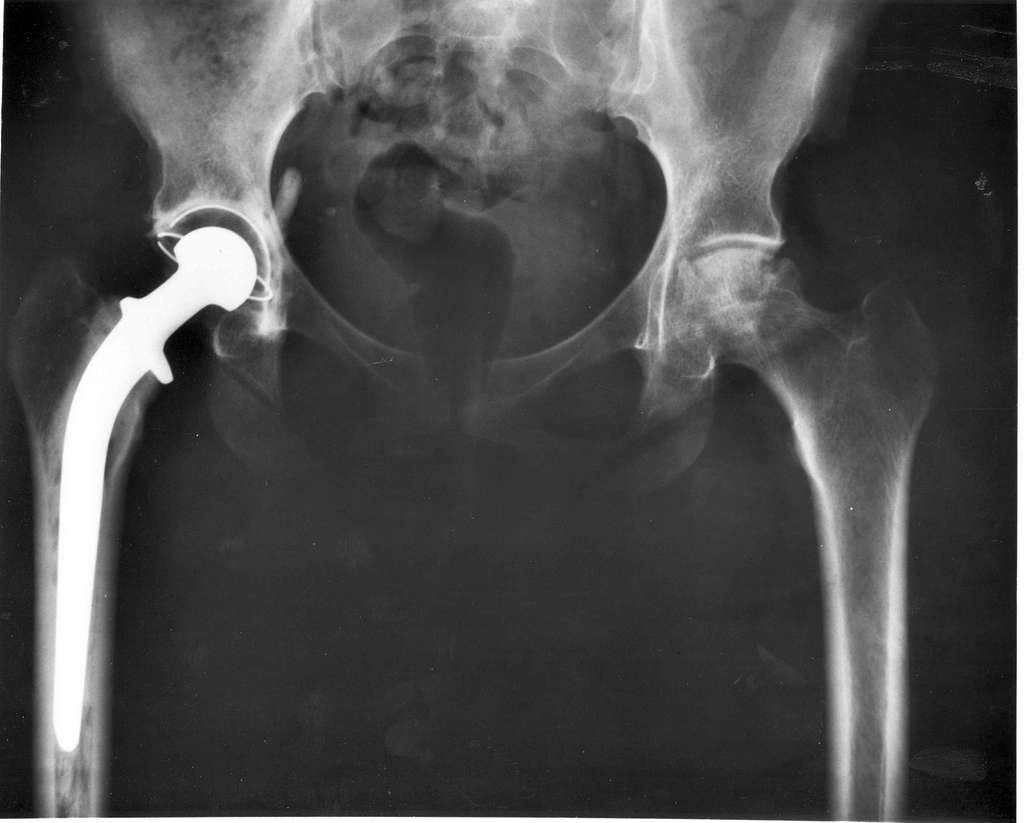Hip replacement surgery is a procedure designed to relieve pain, restore mobility, and improve well-being for patients with severe hip joint damage. While the decision to undergo surgery can feel overwhelming, knowing what to expect during the procedure can help ease concerns and prepare patients for recovery. With the right information, those contemplating hip joint replacement can approach the process with clarity.
Hip Replacement Surgery Preparation
Preparation for orthopedic hip surgery begins several weeks before the operation. Your doctor will conduct medical tests to make sure you’re healthy enough for surgery. These tests often include blood work, heart tests, and X-rays of your hip. You may also meet with an anesthesiologist who will explain the anesthesia process.
Physical preparation at home is also fundamental. You’ll need to arrange help with daily activities for several weeks after surgery. Setting up a recovery area on the main floor of your house prevents the need to climb stairs. Removing loose rugs and installing grab bars in bathrooms can help prevent falls during recovery.
The Hip Replacement Procedure
For your hip replacement surgery, you’ll receive general anesthesia, which means you’ll sleep through the entire procedure. Some surgeons use advanced technology like robotic-arm-assisted systems to improve precision during the operation. An incision is made over your hip joint by your surgeon to access the damaged area.
The damaged bone and cartilage are carefully removed from both the hip socket and the top of the thigh bone. The artificial hip joint components include a metal or ceramic ball and a plastic, metal, or ceramic socket. These components are secured in place using special bone cement or by allowing your bone to grow into the artificial parts.
Some patients may qualify for partial hip replacement if only one part of the joint is damaged. This procedure replaces either the ball portion or the socket portion while leaving the healthy parts intact. The type of hip joint replacement depends on the extent of damage and your individual health factors.
Immediate Recovery After Surgery
Recovery begins immediately after hip replacement surgery in the hospital recovery room. Medical staff will monitor your health signs and pain levels as you wake up from anesthesia. Most patients experience some pain and swelling around the surgical site, which is a normal and expected reaction.
You’ll likely stay in the hospital for one to three days after surgery. Physical therapy begins within 24 hours of your operation. A physical therapist will help you sit up, stand, and take your first steps with the assistance of devices like a walker or crutches. These early movements are fundamental for preventing blood clots and starting the healing process.
Long-Term Recovery and Rehabilitation
Full recovery from hip arthroplasty takes several months. Most patients return to normal daily activities within six to twelve weeks after surgery. Complete healing of the bone and soft tissues around the artificial joint can take up to six months.
Physical therapy continues for several weeks or months after you leave the hospital. Your therapist will teach you exercises to strengthen the muscles around your hip and improve flexibility. Activity restrictions are temporary but helpful for proper healing and recovery. Your surgeon will provide specific guidelines about when you can drive, return to work, and resume recreational activities.
Learn More About Hip Replacement Surgery Today
Hip replacement surgery offers significant pain relief and improved mobility for people with severe hip problems. The procedure involves replacing damaged joint components with artificial parts that can last for many years. Proper preparation, adherence to medical instructions, and participation in physical therapy all contribute to achieving successful outcomes. Talk to an orthopedic specialist near you to determine whether hip joint replacement is right for your situation and health needs.







